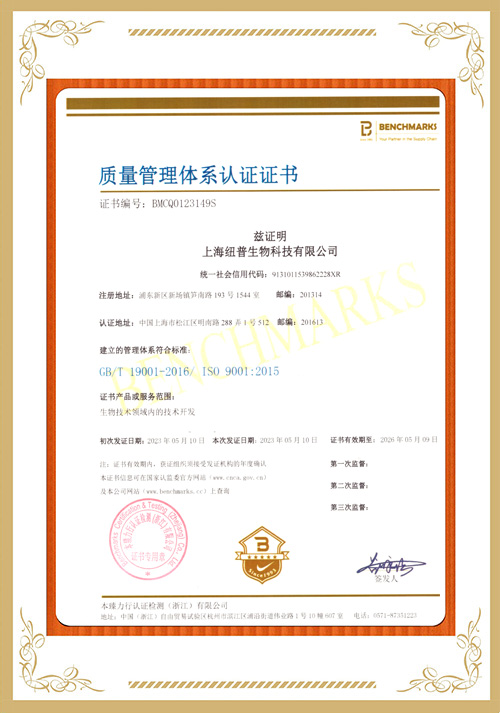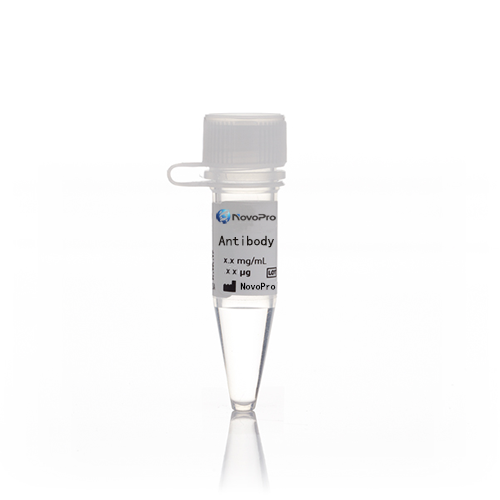- 抗体类型:多克隆
- 抗体来源:兔
- 抗体应用:ELISA, IHC-P
- 特异性:Human BPIFB1 / LPLUNC1
产品详情
-
产品名称
Anti-BPIFB1 / LPLUNC1 antibody
-
抗体类型
多克隆
-
抗体来源
兔
-
抗体亚型
兔IgG
-
抗体描述
Rabbit polyclonal to BPIFB1 / LPLUNC1
-
抗体应用
ELISA, IHC-P
-
应用推荐
ELISA:0.1-0.2 μg/mL
This antibody can be used at 0.1-0.2 μg/mL with the appropriate secondary reagents to detect Human BPIFB1 / LPLUNC1. The detection limit for Human BPIFB1 / LPLUNC1 is < 0.039 ng/well.
IHC-P: 0.1-1 μg/ml
-
特异性
Human BPIFB1 / LPLUNC1
-
蛋白别名
BPI fold containing family B, member 1, Bpifb1, RP23-154J12.1, Lplunc1, BPI fold-containing family B member 1, long palate, lung and nasal epithelium carcinoma associated 1, long palate, lung and nasal epithelium carcinoma-associated protein 1, von Ebner minor salivary gland protein, von Ebner minor salivary protein, LPLUNC1, C20orf114, Lplunc1
-
制备方法
Produced in rabbits immunized with purified, recombinant Human BPIFB1 / LPLUNC1 (rh BPIFB1 / LPLUNC1; AAH08429.1; Met1-Gln484). BPIFB1 / LPLUNC1 specific IgG was purified by Human BPIFB1 / LPLUNC1 affinity chromatography.
-
组分
0.2 μm filtered solution in PBS
-
储存方法
This antibody can be stored at 2℃-8℃ for one month without detectable loss of activity. Antibody products are stable for twelve months from date of receipt when stored at -20℃ to -80℃. Preservative-Free.
Sodium azide is recommended to avoid contamination (final concentration 0.05%-0.1%). It is toxic to cells and should be disposed of properly. Avoid repeated freeze-thaw cycles. -
背景介绍
BPIFB1, also known as LPLUNC1, belongs to the BPI/LBP/Plunc superfamily, plunc family. BPIFB1 may be involved in the innate immune response to bacterial exposure in the mouth, nasal cavities, and lungs. BPIFB1 is expressed in the upper respiratory tract and oral cavity, which may function in host defence. The expression of BPIF proteins is associated with CF lung disease in humans and mice. It is unclear if this elevation of protein production, which results from phenotypic alteration of the cells within the diseased epithelium, plays a role in the pathogenesis of the disease. BPIFB1 is an abundant, secreted product of goblet cells and minor mucosal glands of the respiratory tract and oral cavity and suggest that the protein functions in the complex milieu that protects the mucosal surfaces in these locations.


